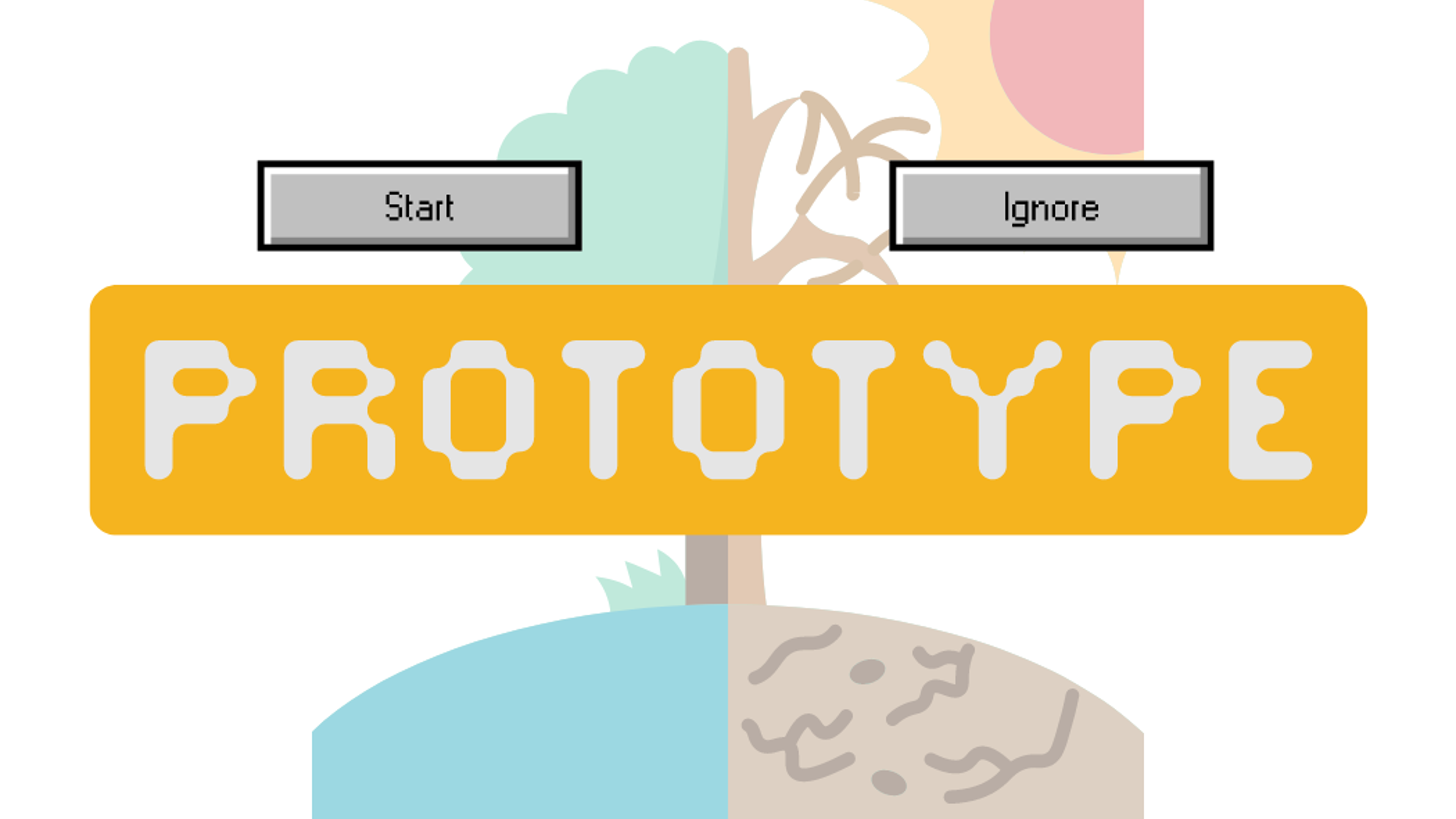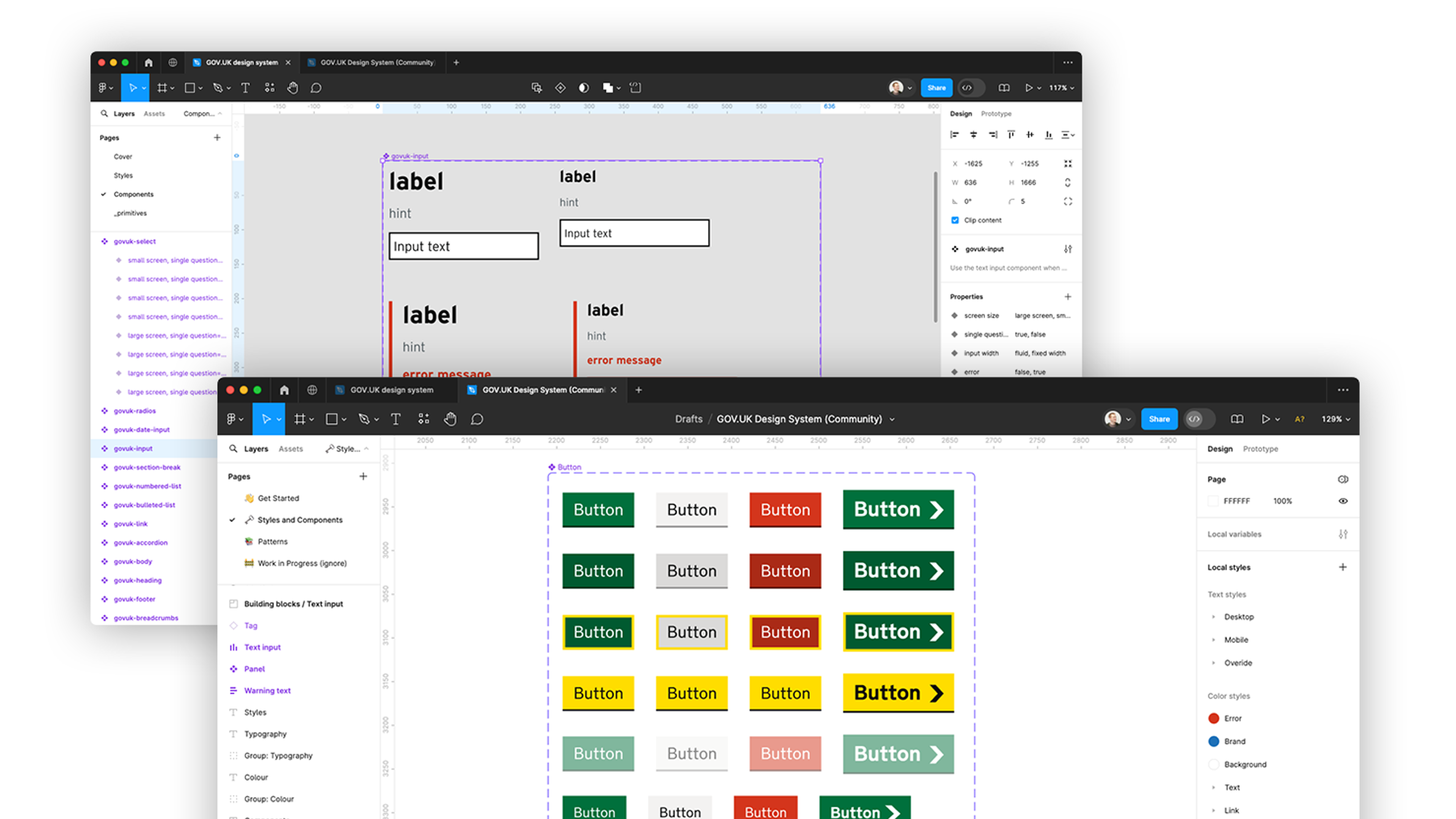The Secret to Being Trusted and Making Others Feel Good
What if I added that it was completely free, and that I would share this knowledge with you right now?
Ready to slam the back button?
Because these results have been measured by psychologists as the outcome of just one thing (and no, it’s not a deodorant).
It’s not something difficult or unnatural. It doesn’t involve parting with your sense, your shekels, or your soul.
In fact, it’s something that all good web professionals have been talking about for ages already.
It’s – are you ready for this?
It’s fluency.
It gets even better
Now you might be thinking that ‘fluency’ is going to turn out to be a complicated process involving qualifications, time or mental capacities that you haven’t got.
Far from it. Fluency is simply making tasks easy to accomplish.
New psychological research has found that when people find something easy to accomplish, they are more likely to believe it. In psychology this is called cognitive fluency.
Here’s the science bit: if people find something easy, it’s as though they have done it before. In other words, they find it familiar. To our cave-dwelling ancestors, familiar was a good thing, because in the words of late psychologist Robert Zajonc, ‘if it is familiar, it has not eaten you yet.’ So the familiar – the easy – is experienced by humans as more trustworthy, more believable, more true.
That wasn’t so painful, was it?
Drake Bennett, who reported the research findings for The Boston Globe, says:
… when presenting people with a factual statement, manipulations that make the statement easier to mentally process … like writing it in a cleaner font or making it rhyme or simply repeating it – can alter people’s judgment of the truth of the statement, along with their evaluation of the intelligence of the statement’s author and their confidence in their own judgments and abilities.
Simply writing a statement on your website in a more legible font, or repeating it or making it rhyme, can make readers not only believe it more, but think that you are smarter and that they are more capable.
That’s incredible. Easy equals true.
And here’s the other side of the coin: ‘disfluency’ (horrible word – fear for what the marketers will do with it) sets up a mental roadblock. When something is hard to read or understand, or information is difficult to find, people feel frustrated, confused and obstructed. They believe less what you have to say and start to question your intelligence.
For example, Bennett says that if you write in a font that is difficult to read, people ‘transfer that sense of difficulty onto the topic they’re reading about’.
Your website – easy or hard?
If it's hard to accomplish basic tasks on your website, then I’m going to question your intelligence too. Websites are all about simple tasks. Visitors arrive with little task lists, conscious and otherwise:
- Find out what this site is about
- Discover if it is useful to me
- Get what I was searching for in the first place
- Gain a piece of information
If you can make accomplishing those tasks easy, you have not only boosted the credibility of your business, you have made yourself seem more intelligent and made them feel good about themselves into the bargain.
But give a payment process twice as many steps as necessary – or crowd the front page with a bit of everything so that your core business gets overlooked – or create a cool design that leaves people uncertain where to click next – or ask unwanted questions of your potential customers in pop-ups – and you have just undermined the whole reason you set up a site in the first place.
‘Easy’ for the customer might mean more work for you in simplifying your website. It certainly takes discipline to keep a site fluent. But if you want to be believed, esteemed and leave your customers feeling confident about your business – it’s the only way.
There is much more to be said about cognitive fluency, about how to make websites – and in particular their content – more fluent. Also about when disfluency can be used to our advantage.
Originally published on SmyWord
Ready to solve your problems?
We'll help meet the challenges facing your growing business. Get in touch and tell us what you need, the team can't wait to hear from you.
Contact us![2295X1200 Social Media [ All ] 01](https://fluent-umbraco-hwduaufvc9h8gbad.uksouth-01.azurewebsites.net/media/scujluzj/2295x1200-social-media-all-01.jpg?width=3840&height=2160&quality=70&format=Webp)

